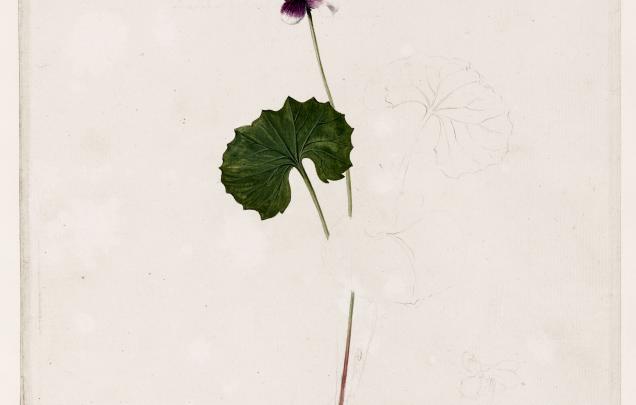Botanical sketches
This is the student activity 1 of 8 of the Cook: it was only eight days learning activity.

Key inquiry question #1
How was the Gweagal people’s knowledge of the plants and animals in Kamay different to the Endeavour scientists’ knowledge?
Botanical illustrations
The crew of the Endeavour sketched, described and assembled an array of specimens of the natural world during their eight day stay in Kamay. They were able to classify these specimens according to a European scientific framework, but they had little understanding of the complex relationships between the land, ecosystems and cultures in Gweagal life. The Gweagal people had important uses for the plants and animals that grew in abundance around them. They lived their lives with a high level of sustainability and respect for the bounty provided by nature/country/the land.
Before sophisticated modern cameras, the only way to record the way an event or object looked was to draw it.
The scientists on board the Endeavour had highly developed observation and drawing skills to capture the tiniest details of the specimens they collected and observed. They had a whole set of ideas as to how, scientifically, specimens fitted into the world. However, these ideas were based on what they knew about, and most of what they knew was from Europe, where animals and plants were very different to those they saw in Kamay. Looking at specimens in Kamay using only their knowledge meant they learnt very little about the significance of each of the specimens to the Gweagal people.
View the images created by Endeavour botanical artist Sydney Parkinson and the naturalists Joseph Banks, Daniel Solander and Hermann Sporing, from the exhibition, Eight Days in Kamay, here (link to be inserted).
Collect or take photographs of botanical specimens from your local area, backyard, balcony or footpath. This may include leaves, flowers, seeds or roots.
Sketch your specimen as if you were a botanist or scientist, just like Sydney Parkinson and Hermann Sporing on board the Endeavour. Make sure you look carefully at all parts of the plant.
Develop your sketches into a detailed, precise drawing or painting.
Label the parts of the specimens you have drawn/painted (eg for plants, label things like stem, leaf, root, flower and seed, and for animals, you will need to research and name the body parts.)
Label like a scientific illustrator
Write a piece of factual text after researching the plant and/or animal specimen(s) you collected in Task 1. Research online or by asking people around you. Is there a gardener in your family you could ask? Send them a photo or make a video call to show them your leaves/flowers and ask them if they know the botanical names or uses. From there you can look up further information online.
Make sure you answer the following in your text:
- What is the botanical name of your plant?
- Are the plants native or introduced species? What is the difference between a native and an introduced plant?
- Can you find any Aboriginal names or uses for your specimens?
- What is your plant used for? (for example, food, decoration or shade)
Make a game of snap
Cut up cardboard to give yourself a deck of 15 equally sized blank cards (like a deck of playing cards)
Choose six different specimen drawings created by the Endeavour crew, seen in the exhibition, Eight Days in Kamay, here (link to be inserted).
Print two copies of each of your chosen specimen drawings.
For each print-out, glue the image onto one side of a card.
You will now have six sets of two identical cards, with blank backs.
For each set of two cards, on the back, add:
- Card 1: The ideas/observations of Cook or Banks OR a European understanding of the specimen
- Card 2: The uses the Gweagal people had for the specimen
For some of your specimens you will be able to find the information you need in the exhibition, Eight Days in Kamay, here (link to be inserted). For others, you might need to do some further research.
To play the game, mix up all of the cards and give half to each person. Without looking, take it in turns to add a card onto the pile. You can say ‘snap’ when you see two of the same plant in a row. However, unlike snap, this game has a twist! Whoever DOESN’T snap the cards first needs to pick up the cards, and then read to the snap winner the two pieces of information. The snap winner only gets to keep the cards if they can guess the name of the specimen AND work out whose ideas are whose (ie European or Gweagal.)